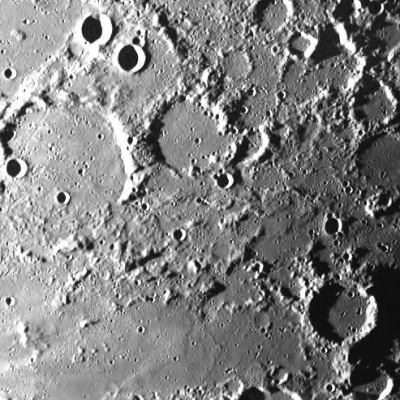Difference between revisions of "February 4, 2005"
| Line 46: | Line 46: | ||
<br>Rukl Plates 3 & 4 | <br>Rukl Plates 3 & 4 | ||
</p> | </p> | ||
| − | <p | + | <p><b>Yesterday's LPOD:</b> [[December 24, 2004|Introducing PlanetWarp!]] </p> |
| + | <p><b>Tomorrow's LPOD:</b> [[February 5, 2005|Ina Imaged!]] </p> | ||
</tr> | </tr> | ||
</table> | </table> | ||
| Line 73: | Line 74: | ||
===COMMENTS?=== | ===COMMENTS?=== | ||
Register, and click on the <b>Discussion</b> tab at the top of the page. | Register, and click on the <b>Discussion</b> tab at the top of the page. | ||
| + | <hr> | ||
| + | <!-- | ||
| + | You can support LPOD when you buy any book from Amazon thru [[Support_ LPOD|LPOD]]! | ||
| + | --> | ||
| + | <span style="font-size:88%"> | ||
| + | <center> | ||
| + | Contributions to http://www2.lpod.org/ are licensed under a Creative Commons Attribution No-Derivative-Works Non-Commercial 3.0 License. [http://www.creativecommons.org/licenses/by-nc-nd/3.0 http://www.wikispaces.com/i/creativecommons/by-nc-nd_3.0_80x15.png]<br> | ||
| + | </center> | ||
| + | </span> | ||
Revision as of 14:16, 1 February 2015
A NEW BEGINNING FOR LPOD AND LUNAR SCIENCE
Image Credit: ESA's SMART-1 |
|
A NEW BEGINNING FOR LPOD AND LUNAR SCIENCE SMART-1, which has been called SLOW-1 because of its 13.5 month-long voyage to the Moon has finally started imaging the surface. This is one of the images released by ESA showing data taken on the first close approach in early January. The area shown is near the North Pole ? the craters Mouchez (82 km diameter, middle left) and Gioja (42 km, bottom right) are conspicuous. The relatively smooth plain that looks almost like a piece of Mare Frigoris is thought to be ejecta from Imbrium or earlier basins that was deposited in a fluidized condition so it acted almost like a liquid. Although the highest resolution for the SMART-1 cameras is 27 m (only achieved when the spacecraft is within 300 km of the surface) these first released images were taken from a higher altitude and have a resolution slightly lower than Lunar Orbiter IV, but minus the distracting strip boundaries. It has been a decade since the last images were taken from lunar orbit (Clementine) so the new data are highly welcome and hopefully will usher in a new era of lunar discoveries and excitement! Related Links: Yesterday's LPOD: Introducing PlanetWarp! Tomorrow's LPOD: Ina Imaged! |
|
Author & Editor: Technical Consultant: Contact Translator: A service of: |
COMMENTS?
Register, and click on the Discussion tab at the top of the page.
Contributions to http://www2.lpod.org/ are licensed under a Creative Commons Attribution No-Derivative-Works Non-Commercial 3.0 License. 




